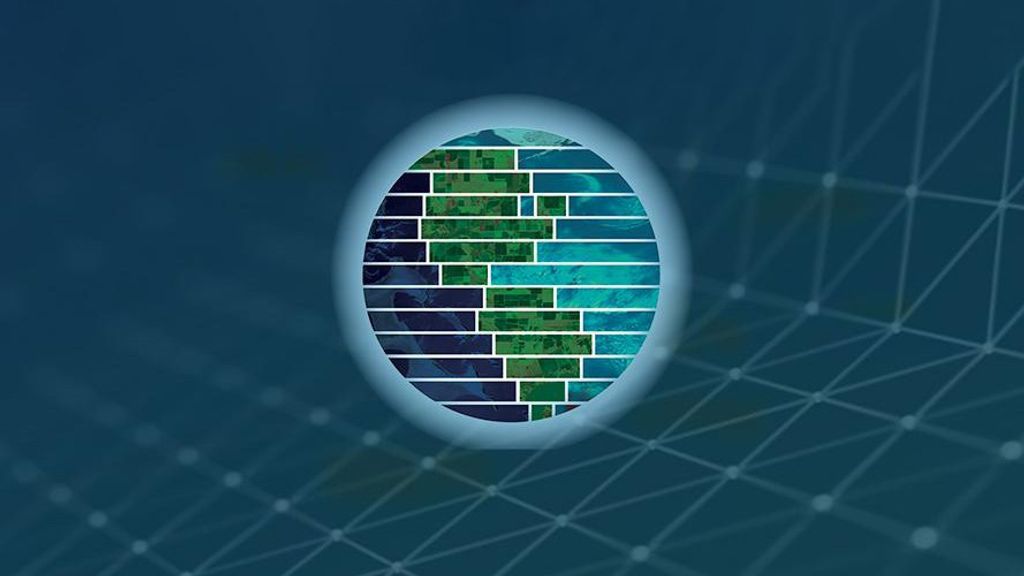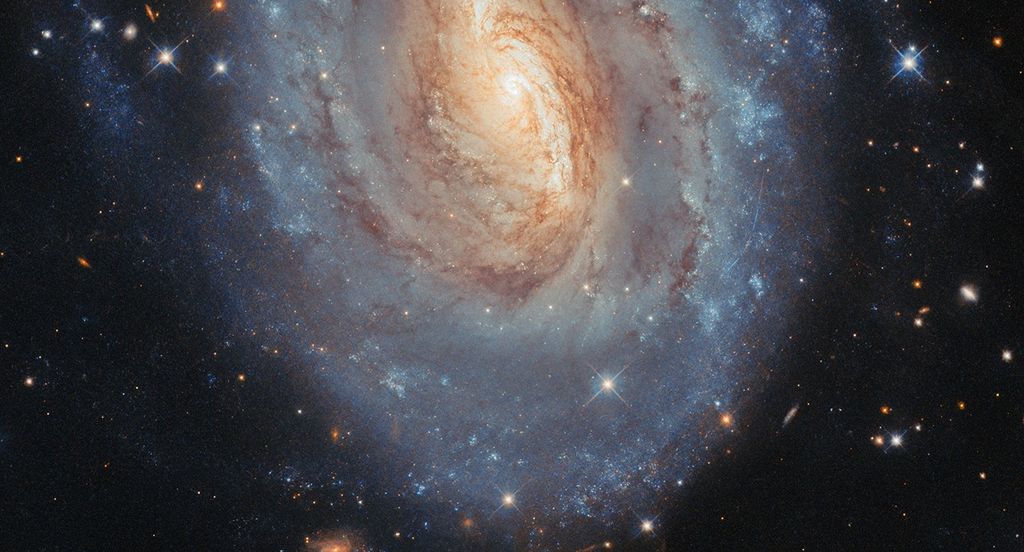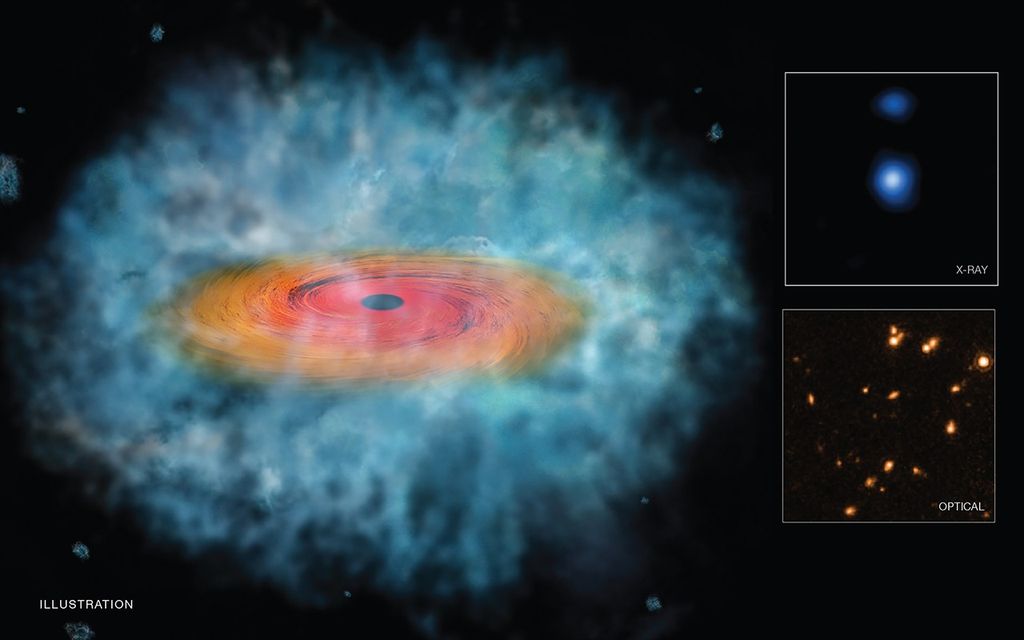The ForWarn forest monitoring and assessment tool developed by NASA’s Stennis Space Center’s Applied Science & Technology Project Office and other federal and university partners has been selected to receive a prestigious technology transfer award.
The Federal Laboratory Consortium (FLC) for Technology Transfer announced Nov. 26 that the ForWarn early warning system for forest threats will receive the 2013 FLC Interagency Partnership Award. One of the organization’s highest honors, the award recognizes the efforts of laboratory employees from at least two different agencies who have collaboratively accomplished outstanding work in the process of transferring a technology.
ForWarn team members will be honored at the 2013 FLC Awards program on April 25, 2013 in Westminster, Colo.
“The ForWarn project is an example of government working very well in bringing together the unique expertise and tools from each agency in this partnership in such a synergistic way,” said Ramona Travis, Stennis chief technologist. “The technology transfer result is a powerfully effective system that benefits those interested in monitoring changes in our nation’s forest health and conditions, from federal, state or local governments down to private forest companies and individual landowners.”
The U.S. Department of Agriculture, in partnership with NASA Stennis Space Center, released ForWarn earlier this year as a satellite-based monitoring and assessment tool for tracking changes in forest vegetation across the country, and providing a strategic, national overview of potential forest disturbances and environmental threats. The tool initially was developed through collaborative efforts led by the USDA Forest Service’s Eastern Forest and Western Wildland Environmental Threat Assessment Centers. It involves significant, timely contributions from NASA and its John C. Stennis Space Center, the Department of Energy, and the U.S. Geological Survey.
ForWarn is designed to help natural resource managers rapidly detect, identify and respond to unexpected changes in the nation’s forests by using web-based tools for visualizing regional forest change. The satellite-based monitoring and assessment tool recognizes and tracks potential forest disturbances caused by insects, diseases, wildfires, extreme weather, or other natural or human-caused events. The tool complements and focuses efforts of existing forest monitoring programs and results in potential time and cost savings.
The prototype version of ForWarn has successfully operated since January 2010 and uses NASA Moderate Resolution Imaging Spectroradiometer (MODIS) satellite imagery to recognize and track changes in vegetation across the nation, providing a near-real-time view of apparent forest disturbance and recovery. ForWarn uses a web-based map tool, the Forest Change Assessment Viewer, in conjunction with NASA’s MODIS data, to provide a new coast-to-coast snapshot of forests in the U.S. every eight days, allowing end-users to interpret forest change products and create geographically relevant maps. The system lets users to explore and share recent and archived forest disturbance maps.
“ForWarn’s forest change products provides a new, much needed means to view, track, and assess regionally evident forest disturbances from multiple causal agents,” said Joe Spruce, lead scientist for project work performed at Stennis Space Center. “Forest health specialists across the country can now view nationwide current forest disturbance monitoring products that are refreshed and posted to ForWarn’s online Forest Change Assessment Viewer every eight days.”
Bill Graham in the Stennis Applied Science and Technology Project Office echoed the assessment. “NASA’s Applied Science Project Office at Stennis Space Center worked in partnership with the U.S. Forest Service to create and tailor a forest disturbance early warning system that answers the forest managers requirements and provide a link between the nation’s investment in Earth science and forest managers and decision makers,” he said. “It’s a prestigious honor to receive the Federal Laboratory Consortium Interagency Partnership Award as recognition.”
Earlier this fall, the USDA Forest Service’s Southern Research Station also selected the ForWarn system team to receive the 2012 Director’s Science Delivery Award.
For information about Stennis Space Center, visit: https://www.nasa.gov/centers/stennis/ .
For information about ForWarn, visit: http://www forwarn.forestthreats.org/.
– end –
text-only version of this release
Rebecca Strecker
NASA Public Affairs Office
Stennis Space Center, MS 39529-6000
(228) 688-3249
Rebecca.A.Strecker@nasa.gov




























